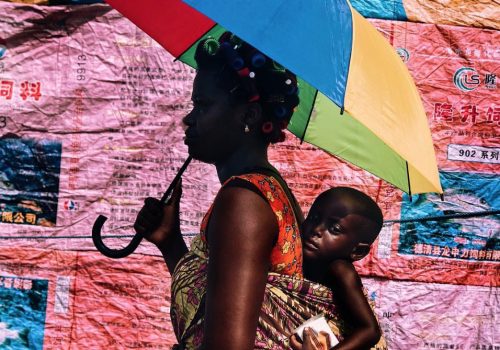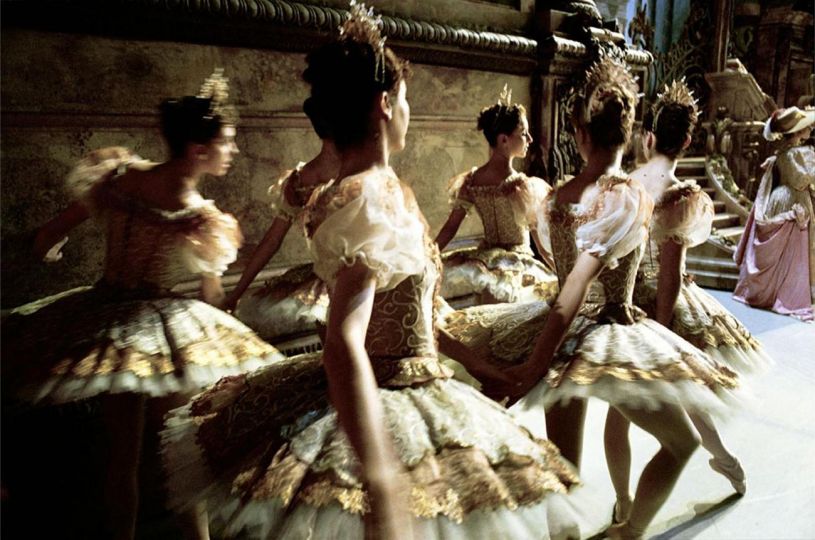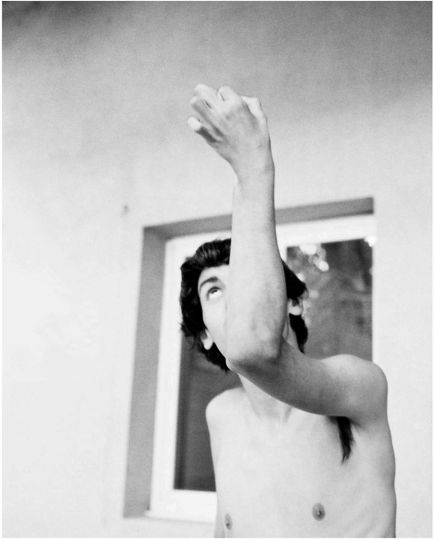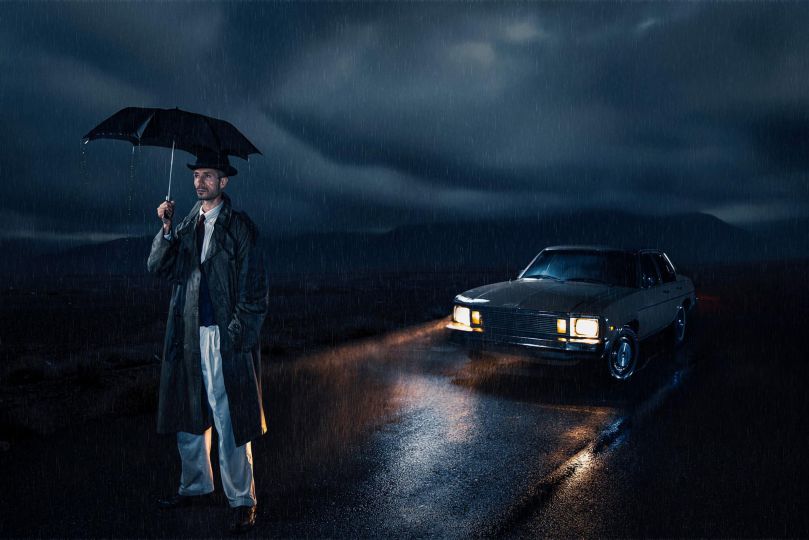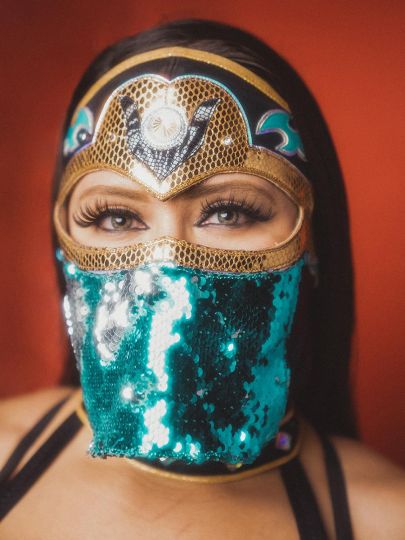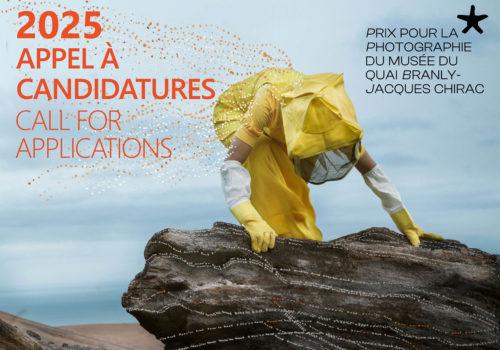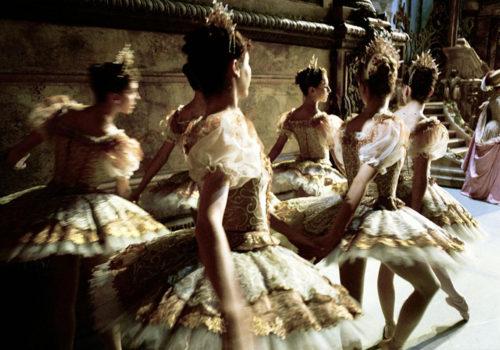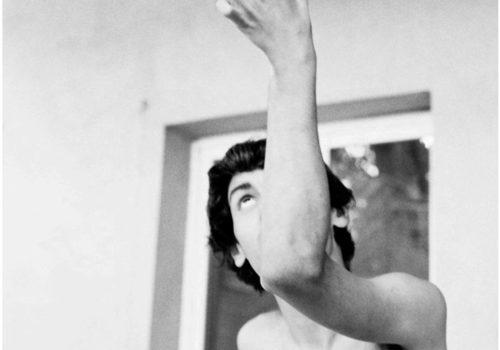The Also Known as Africa fair (AKAA from 9 to 11 November at the Carreau du Temple in Paris) closed last week its fourth edition. Being an exhibitor in the new space Botho Project Space, which presented the works of Nelson Makamo, I was able to immerse myself in the various curatorial proposals of the galleries and this article aims to share with you my favorite photographs of this edition .
First of all the work of the talented Justice Mukheli. A young South African photographer, growing up in the Soweto district of Johannesburg, he wanted for that series to focus his work on children, their emotions and intimacy. It starts from the premise that in many societies, and in particular the one in which he grew up, sadness and vulnerability are emotions that from an early age men are advised not to show on pain of appearing weak and no longer responding to virile attributes that they are supposed to embody. So, through his lens, he has been searching for those emotions in the eyes of children that he had been told not to express. To exonerate and tend towards a new reality, a certain tranquility, thanks to the human intelligence inherent in the innocence of a child. (Presented in AKAA by the Dyman Gallery)
I also discovered the work of Prince Gyasi (presented by the NIL gallery). At the age of 24, this Ghanaian photographer offers striking graphic images. Like the great painters of the twentieth century, he plays with colors and contrasts, and makes us revisit with great aesthetics the human relationships that unite his characters, fatherhood, childhood, motherhood … All these photographs are taken with an Iphone. A strong element of his approach that he wishes to claim to break the codes and the artistic conventions to get out of a certain photographic elitism. Accra, its main playground, capital of Ghana, is also the city that saw the birth of its “BoxedKids” association (children stuck in a situation from which they can not extricate themselves) a non-profit organization which aims to support the education of unprivileged children in Jamestown, Accra.
The Artco gallery presented the work of visual artist Saïdou Dicko, a poetic work, full of history and symbolism. Raised as a shepherd in Burkina Faso, the artist plays with the symbols of his Foulani heritage. In the series “The Shadowed People”, he inserts on top of his characters the checkerboard of Peul carpets, “an invitation to travel” as Astrid Lepoultier says in her text “Imaginary Peregrinations of a Peul Child” on the work of the artist. The characters represented, these shadows without faces are integral parts of his work. He learns to draw by collecting shadows around him and these will remain at the heart of many of his works. On a background of ecology his sensitive work makes us travel, and leaves the door open to many interpretations.
YCOS, Parisian gallery, presented the series “Black Volta (Mouhoun)” of photographer Adrien Bitibaly. The self-taught artist, for this series, worked around the Mouhoun River in Burkina Faso, its symbolism and unifying quality. Water as a vital element, “the reflection as intermediary” tells us the artist, so he captures the silhouettes, between public sphere and private sphere. Going back down the river from Dédougou to Nako, it bears witness to the life around the river and the social cohesion that leads to it while leaving room for the imagination.
And finally, in another register, the Josef and Anni Albers Foundation (Thread) that recreated (with the association Xaritufoto) an archive of the photographer Roger daSilva (1925 – 2008) presented unpublished photographs of the latter, never presented outside Senegal. Born in Benin, this photographer captured the bustling Dakar life, his adopted city, in the 50s and 60s. Seizing an era of great optimism, at the dawn of independence Senegal (4 April 1960), it gives us to see the scenes of lives of the time, celebrations and family gatherings, but also important public figures such as Léopold Sédar Senghor.
Anna Reverdy

